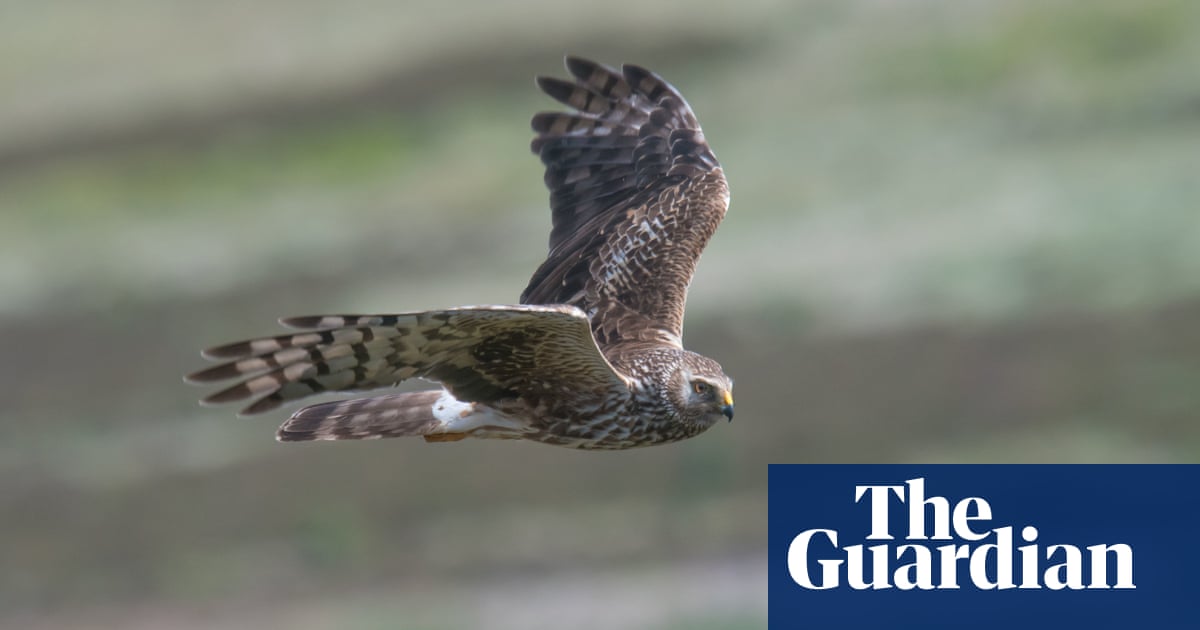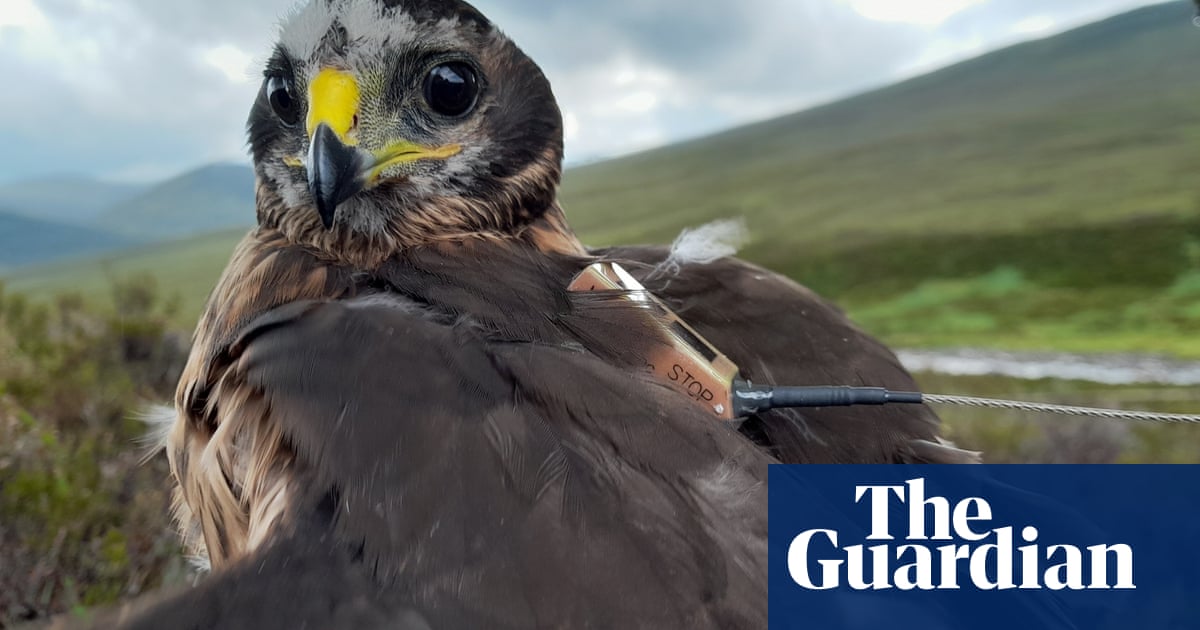
Illegal killings of birds of prey have led the Peak District national park to end an agreement between grouse moor managers and bird conservationists aimed at protecting raptors.
The partnership was set up in 2011 and sought to restore bird of prey populations in the park. The rare birds have historically been killed by gamekeepers and others because they predate on grouse populations, which are maintained for shooting.
Members included the Moorland Association, helmed by Mark Cunliffe-Lister, the Earl of Swinton, who runs a grouse shoot on his estate. Its board also includes the viscount Matt Ridley, who owns a grouse moor and has suggested global heating is good for the planet.
There is no suggestion either of them had anything to do with raptor persecution. Others in the partnership have included the RSPB, the National Trust and the Peak District National Park Authority, though the RSPB stood down from it in 2018.
The group aimed to increase the number of raptors, such as hen harriers, peregrines and goshawks, to numbers seen in the 1990s. However, it failed to do so and incidents such as shooting, poisoning, trapping, nest destruction and the disappearance of satellite-tracked birds active within the Peak District have featured in every year of the initiative’s monitoring.
Phil Mulligan, the chief executive of the Peak District National Park Authority, blamed illegal persecution for the endeavour ending.
He said: “Featuring at the very top of local ecosystems, these species like the hen harrier, peregrine and goshawk should be a flagship for landscapes and habitats at the heart of nature’s recovery.
“The fact that the work of the initiative has failed to reflect those target populations of some 30 years ago remains a cause for real concern, and it is without question that illegal persecution targeted towards some of these species is one factor behind this stuttering progress.
“I would like to extend my thanks to those who have put their time, energies and passion into the painstaking study, sharing of information and analysis of our raptor populations during the initiative’s existence, but we must now look at alternative ways to ensure our birds of prey have a future in the Peak District – free from the risk of illegal actions.”
Amanda Anderson, the director of the Moorland Association, said: “We are very disappointed that the National Park Authority has decided to close down the Peak District bird of prey initiative. Key participants who manage most of the land area – as well as police officers involved – are keen for the initiative to continue, particularly in view of the positive outcomes that have been achieved.
“While some species may not have recovered to the number recorded in 1990, they are all present and fledgling young, while other populations have expanded significantly as highlighted by Natural England’s breeding birds survey. Buzzards have returned to the Peak District skies in abundance. Hen harriers, an unfolding success story repeated across the north of England, had an unprecedented five breeding attempts with two successful nests in this region.
“When failures among species occur it is disappointing for all involved, but we believe that land managers should be at the heart of conserving habitat to encourage birds of prey, working with the police as partners. The long term trend is improvement in occupied territories or fledgling success, with a reduction in confirmed persecution incidents. It makes no sense to walk away now.”












